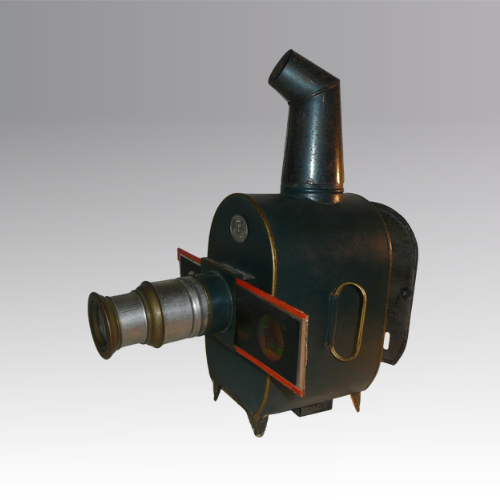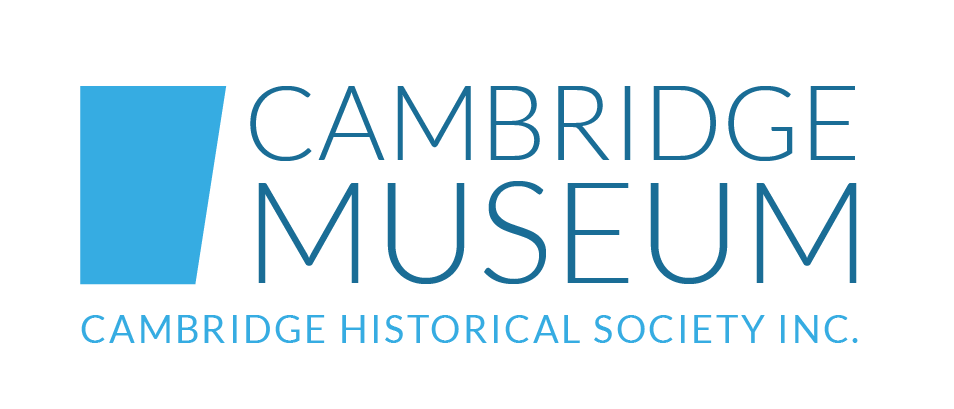
Magic Lantern, slides and box
-
Until movies were popular in the 1900s, these lanterns were used in public halls or cinemas. They were described as “magic” which is how people perceived them. Although audiences today would find the entertainment basic, back then the concept was new and exciting. Who wouldn’t enjoy journeys to strange lands, funny cartoons or animated monsters?
The lanterns used fuel to create enough light to show an image. The light shone onto a convex mirror concentrating and reflecting it through a lens that projected the image onto a screen – in most cases a wall.
This magic lantern has slides showing a series of still cartoons. Shown on the big screen, the experience is like reading a comic book today. Some magic lanterns had the ability to animate sections of the images. This was done with mechanical slides with levers or by moving two sheets of glass against each other. Punters would line the streets to see an image waving back at them from the screen.
The first report of a magic lantern in Cambridge was in the 1870s when a tea and magic lantern show was organised at the local school over the Christmas holidays. The lanterns were still being used in the 1930s as projectors for public lectures and schools.
- Accession Number: CM548
- Maker: Ernst Plank
- Where: Germany
- When: c1900
- Materials: Metal (tin and brass), textile, wood, glass
- Measurements: 12 x 12 x 33cm
